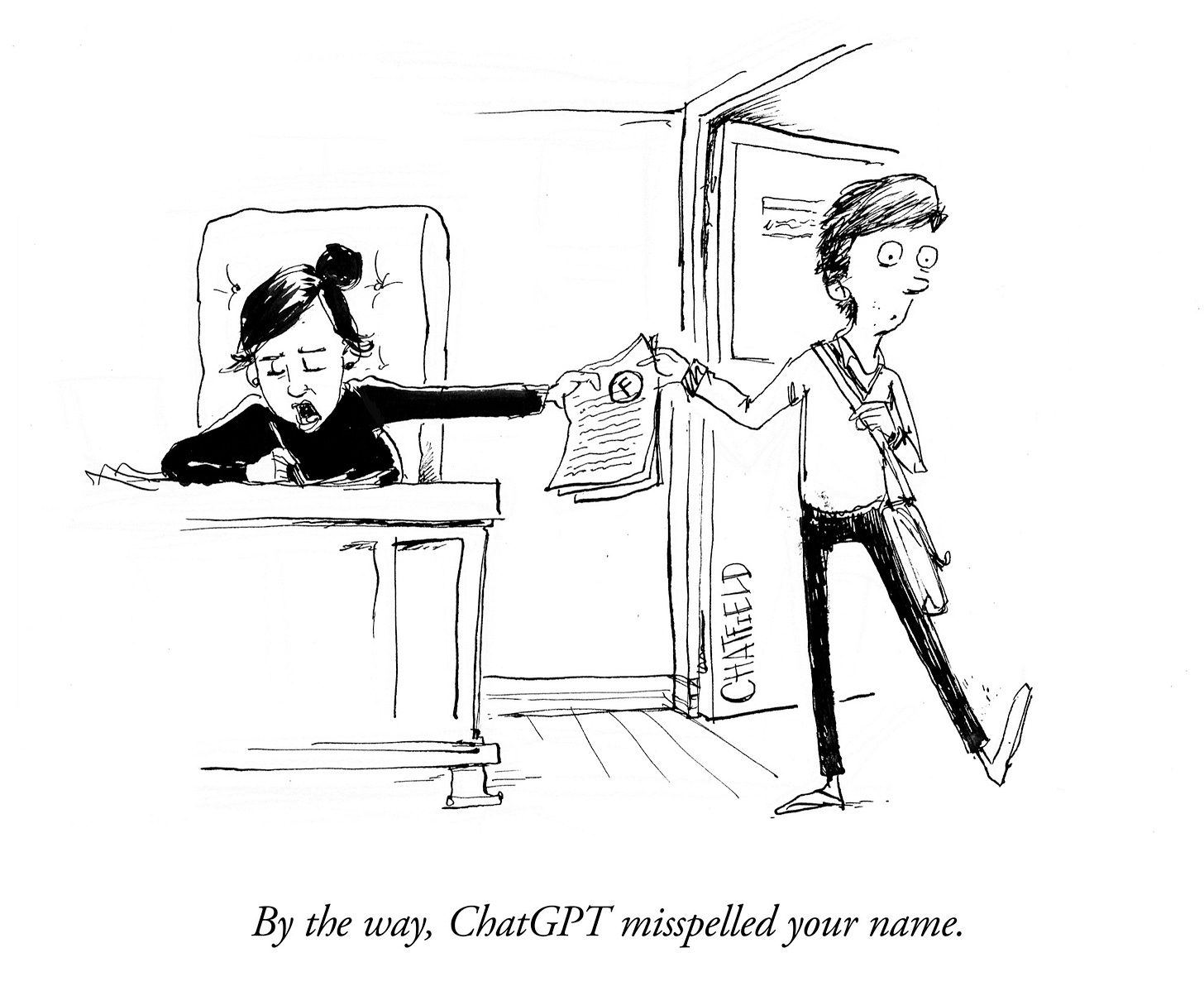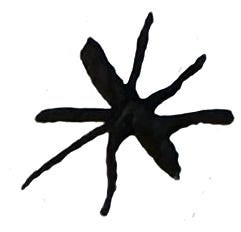AI Really Is Coming For Artists
What the new WEF report tells us about the impending AI-induced bedlam.
The future is knocking, and it's not tapping gently.
A note by
from That Final Scene today got me animated yet again about the brazen gaslighting leaders are doing when it communicates to staff about AI and what it is doing to their jobs.“The story always sounds the same: Technology will change everything. Adapt or perish. Yet adaptation mysteriously always means producing more for less, with an ever-smaller slice of the pie.”
I’d highly recommend you read the full note below, then the insufferable CEO memo from Fiverr CEO Micha Kaufman.
The Future of Jobs, The Future of Art.
The latest Future of Jobs Report from the World Economic Forum (WEF) is out, which might as well have been titled "Have You Considered a Career in Food Delivery?"
I was reading it on my phone at Grind Café on West 43rd as one of three baristas with an arts degree handed me some latte art so perfect it made me question my entire career. The irony wasn't lost on me— I was simultaneously admiring human artistry while reading about its imminent obsolescence.
OpenAI's Sam Altman —a man whose casual tweets or vocal-fry utterances can send entire industries into an existential spiral— recently announced that AI will soon "…do what only very talented humans can do today." He dropped this with the nonchalance of someone mentioning a slight chance of rain on Wednesday. He went on to explain that creative fields will be the first to fall, with cognitive and physical labor following behind — a sort of digital Hunger Games where the artists are sent to die first. How thoughtful.
"Soon, AI tools will do what only very talented humans can do today. (I expect this to go mostly in the counter-intuitive order--creative fields first, cognitive labour next, and physical labour last.) Great for society; not always great for individual jobs."
"When anyone can create amazing art, there will be incredible upside for humanity, but downside for most individual artists,"
…he tweeted, presumably while a team of human designers crafted his slides for his next TED Talk about how wonderful the future will be. So there you have it. Both business leaders and the AI industry itself agree:
‘AI is coming for your jobs, and no one is safe.’
That said, it's not all digital doom and gloom. The WEF report also suggests that while traditional artistic roles may decline, the broader design field shows promising growth in other areas: UI and UX design ranks as the eighth fastest-growing job category, which is essentially saying, "Don't worry about losing your job designing billboards — you can always design the interface that helps the AI design billboards."
Something I've been saying for years is that design and illustration aren't really about being able to "use Photoshop" — it's about applying creative thinking to real-world problems. And according to the report, that's something humans still excel at. For now.
Employers consistently rated AI's ability to replicate creative thinking as "very low" or "low," with creative thinking ranking fourth among skills expected to grow in importance by 2030. This suggests that while AI may automate certain technical aspects of creative work, actual human creativity remains difficult to replace. I'll drink to that — and I did, finishing my now-lukewarm latte with a smug sense of temporary job security.
This optimism comes with an asterisk the size of the Empire State Building:
While employers believe AI has limited capacity to replicate creative thinking, they express more confidence in AI's ability to perform design and user experience tasks. In other words, while clients might still need your brain, they might not need your hands. Great news for my carpal tunnel syndrome, terrible news for my landlord.
So what's an artist to do in this brave new world of artificial "creativity"?
Here's my back-of-the-napkin survival guide, written from the trenches:
Keep reading with a 7-day free trial
Subscribe to New York Cartoons to keep reading this post and get 7 days of free access to the full post archives.






